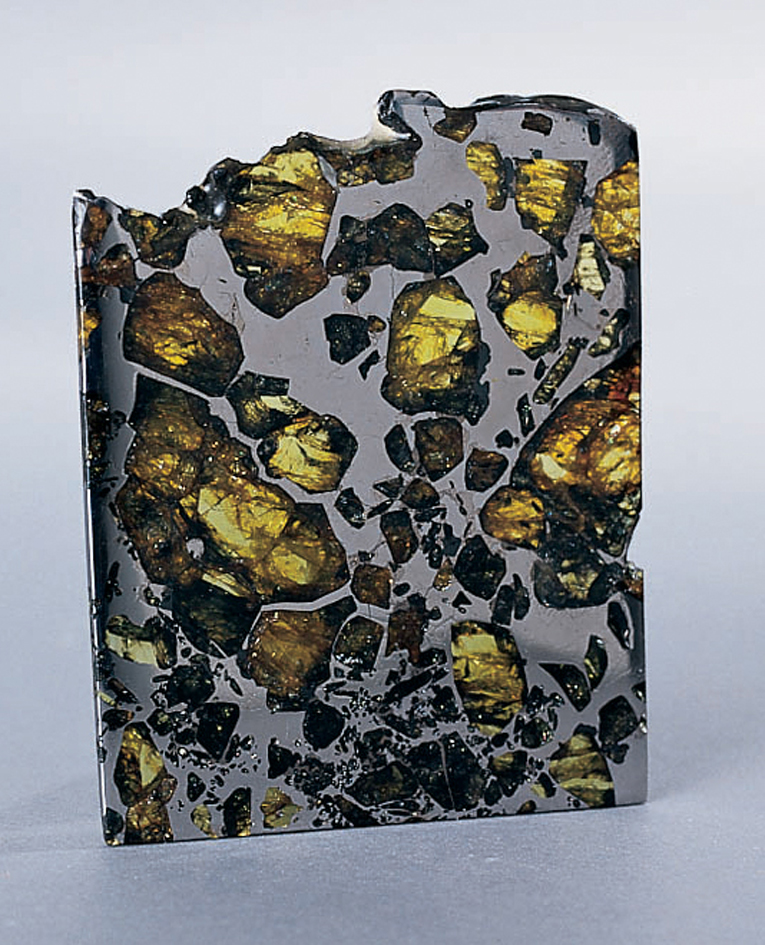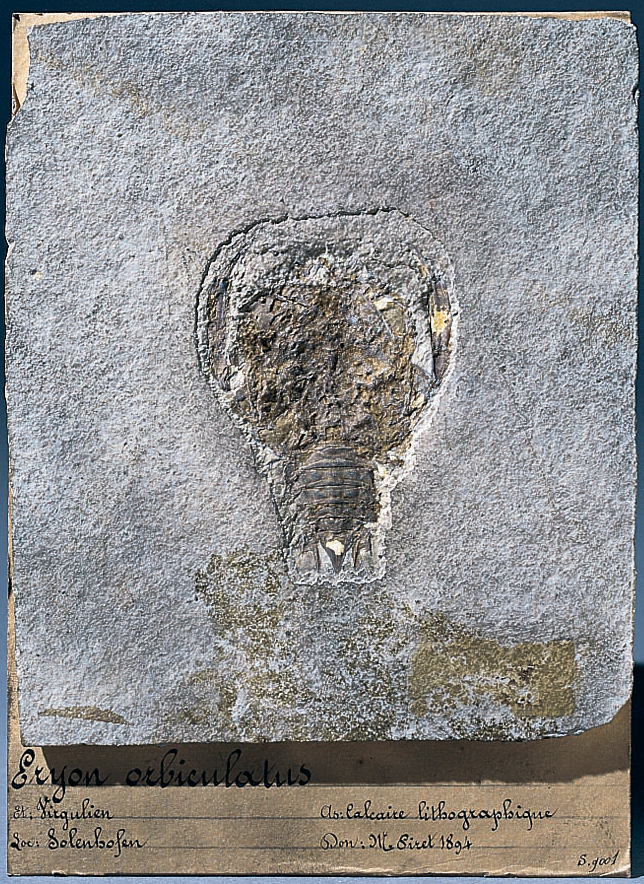The geology collections allow dealing with the different disciplines and methods of Earth Sciences
How was the geology collection made up?
The Gosselet collection (named after the first Geology Professor of the University of Lille) is closely related to the establishment of geological maps of the region.
The Barrois collection (successor to Jules Gosselet) is one of the world’s finest collections of fossil plants imprints from the coal era, most of them come from former mineshafts and slag heaps (a mound of residue from mining operation) from Nord-Pas de Calais.
A recent policy of accession allowed to sample and buy about 5,000 specimens since the ‘90s.
The geology department has also taken actions to guarantee the durability of regional public collections: in 2000, the samples of boreholes from the metro of Lille were deposited and so was the collection of the former Boulogne-sur-Mer Museum of natural history in 2003.
The geology collection today
The geology collection of the natural history museum of Lille invites you to an incredible time travel.
The reserve of the collection counts about 200,000 fossils, rocks and minerals.
A part of the samples has been described in the scientific literature or has defined palaeontological species: 2,000 samples (either original or moulded) are preserved in the collections. The quality, the quantity and the diversity of the samples give a very important patrimonial value to this collection from Lille which has a worldwide vocation.
The regional collection contains about 100,000 samples and tells the geological story of the Euroregion at the north of Paris, between London and Dinant, from 600 million years ago to the Gallo-Roman era. The diversity of fossils and rocks from around the world is illustrated by 35,000 extra-regional references.The mineralogy collection represents 8,000 samples, categorised in more than 600 different types. Among these samples, about 500 pieces are presented to the visitors.
Here are some objects from the museum’s geology collection. To discover more, come and visit the museum!

